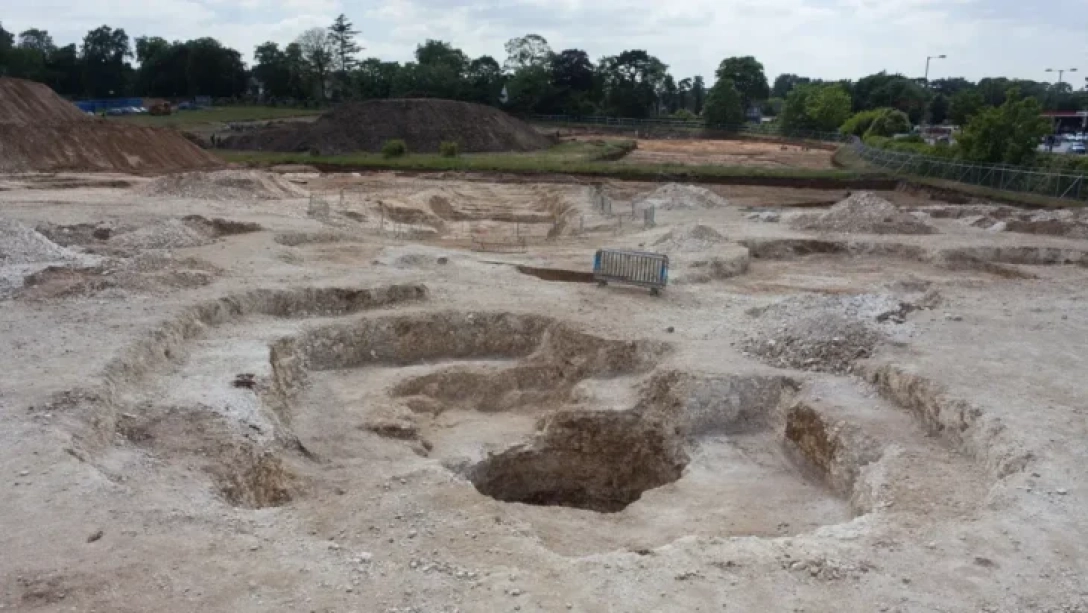A peculiar discovery: archaeologists found something unusual in a Roman quarry mine (photo).
Archaeologists have uncovered an unusual artifact in a Roman quarry mine in Surrey, England, shedding light on the spiritual practices of the Romano-British period. Researchers believe that the discovered painted dog penis bone was part of an ancient fertility ritual, writes Arkeonews.
The site of the find, a 4-meter deep limestone mine in the Yewell area, has been a significant source of discoveries since excavations began in 2015. The mine contained the remains of approximately 300 domestic animals — pigs, horses, cows, sheep, and dogs — alongside dismembered human skeletons.

Most of the animal remains showed no signs of disease, slaughter, or burning. This suggests that their burial was ritualistic. Interestingly, many of the discovered dogs were small breeds, such as terriers or corgis. This is unusual for that time, as hunting and herding dogs were more common.
The research of bioarchaeologist Ellen Green focuses on the painted dog baculum, or penis bone, found at the site. Using X-ray fluorescence, she discovered that the red ochre, a mineral not found naturally in this area, was manually applied to the bone before it was placed in the mine. This indicates the symbolic significance of the bone, possibly related to fertility rites.
Horses and dogs played a crucial role in the spiritual life of Roman Britain, often associated with fertility, protection, and healing. Deities such as Epona, revered for her connection to fertility and the afterlife, frequently depicted these animals in their iconography.
Notably, the mine also revealed an unusual number of newborn and perinatal animal remains, particularly 14 foals, suggesting intentional breeding and sacrifice for ritual purposes. Such findings support the theory that this site was more than just a functional quarry; it held ritual significance.
While the exact purpose of the find remains uncertain, its existence offers a rare glimpse into the spiritual and cultural practices of Roman Britain. The artifact serves as a reminder of the deep connections between everyday life, nature, and spirituality in ancient societies.
Additionally, we discussed who really destroyed the inhabitants of Flores Island. New research points to the true cause of the collapse.